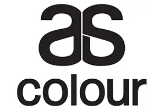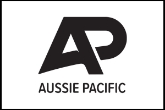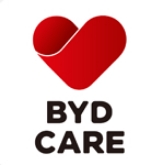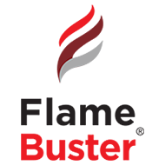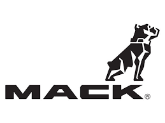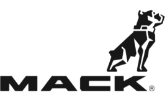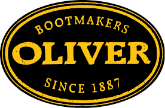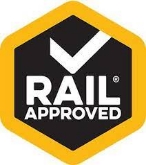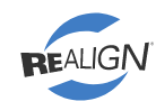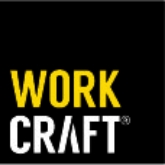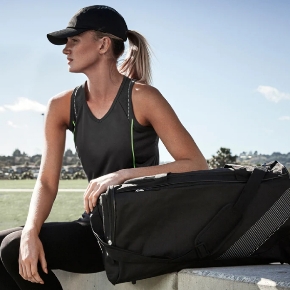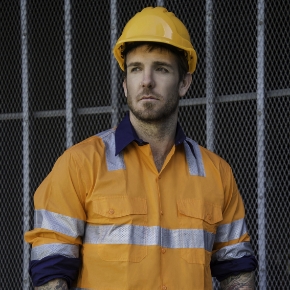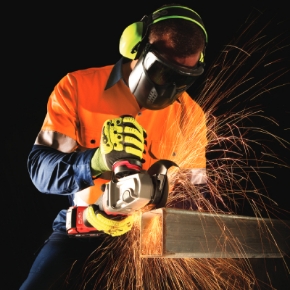Safety alert issued after young worker injured by racking system
Workplace Health and Safety Queensland recently issued a safety alert following an incident in which a young worker was seriously injured when welded mesh sheets fell onto him.
Early investigations found that the worker was assisting a forklift operator in the process of moving 19 mesh sheets from the ground into stillage (storage racking). The pair were guiding the sheets (three to four at a time) into the stillage. At the completion of the process, it appears the injured worker moved to the back of the stillage when it failed and collapsed on them causing serious internal injuries.
The safety alert said effective control measures for storing heavy objects (such as welded mesh sheets), are often made up of a combination of controls. The WHS regulation requires duty holders to work through the hierarchy of control measures when managing certain risks.
Some common risk control measures can include:
- Eliminate stacking sheets vertically by laying sheets on a flat surface horizontally rather than leaning them against a wall or structure.
- Using a rack or transport frame to securely store, cradle, lift, transport and restrain sheet materials.
- Using racks and transport frames (including trolleys) that are designed and certified for the loads applied in use, including whether they are designed to be freestanding or required to be securely attached to the ground or other structures.
- Selecting trolleys based on the loads to be moved and the ground conditions at the workplace.
- Including connection points for restraints to ensure the loads remain stable while moving and storing.
- Selecting racks that have been designed for forces resulting from unbalanced loads.
When using racking systems, the alert said there are a number of important things to be aware of:
- Ensure the use of adequate load rated restraint equipment.
- Racking systems should be set up, operated, and maintained according to the instructions of the racking manufacturer, and be in accordance with AS 4084.1:2023 – Steel racking systems.
- The system should be designed specifically for the size, shape, and weight of the products being stored.
- Racking should also be compatible with the pallets and the material handling equipment used in the workplace.
- For example, aisle width should be matched to the turning circle of the forklift used for picking and replenishment.
- Any modifications to the racking system should be checked by the original supplier/manufacturer/designer.
- Ensuring racking systems and other plant and equipment at the workplace are inspected, maintained, and repaired according to the manufacturer’s recommendations and specifications. Plant inspection should be conducted in accordance with a regular maintenance system to identify:
- Deficiencies in the equipment associated with use of the plant (wear and tear, corrosion, and damaged plant parts).
- Adverse effects of changes in processes or materials associated with plant.
- Inadequacies in control measures that have been previously implemented.
- Racking systems should be inspected frequently for damage and overloading, and at least annually to check its integrity.
- Consulting with the manufacturer, workers, and others involved in the work, to obtain feedback on the plant and associated work processes and safe work procedures.
- Providing information, training, instruction, and supervision to workers who use the trolleys and other plant/equipment. This includes the development of safe work procedures in accordance with the manufacturer’s instructions that are suitable and adequate to:
- The nature of the work to be carried out by the worker.
- The nature of the risks associated with the work (at the time the information, training, or instruction is provided).
- The control measures implemented to deal with these risks.
- Information available should include the rating for equipment, such as racking systems, that is used at the workplace and what loading limits may apply based on the products.
Business owners must also ensure the work environment, and the way young employees do their job, is safe and healthy, regardless of the type and terms of their employment. The alert said employers of young workers should:
- understand young workers’ risk profile
- ensure a safe and healthy workplace
- provide information, training, instruction and supervision, and
- develop a positive workplace culture.
Furthermore, before a young person begins work, a PCBU should:
- Identify the gaps in the worker’s knowledge and assess their ability to work safely (competency should be tested).
- It is not sufficient to accept a young worker’s assurance that he or she is experienced and competent.
Originally published by Australian Institute of Health & Safety (AIHS) 10.2023


